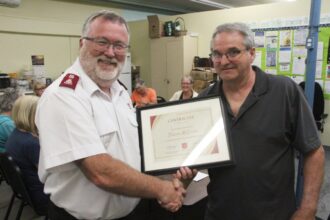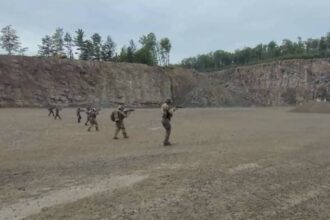In a stunning development that has captivated both the sports world and legal observers, week three of the high-profile sexual assault trial involving former junior hockey players took an unexpected turn as defense strategies crystallized and key testimony challenged earlier prosecution narratives.
The London, Ontario courtroom fell silent Tuesday morning as the alleged victim completed her cross-examination, standing firm despite defense counsel’s persistent questioning about inconsistencies in her previous statements. Her testimony, spanning nearly 12 hours over three days, provided jurors with a harrowing account that legal experts describe as “compelling despite attempts to undermine credibility.”
“What we’re witnessing is an extraordinarily complex case where memory, trauma, and the passage of time intersect with legal standards of evidence,” said Dr. Elaine Westbrook, forensic psychologist and trauma specialist, who has been following the proceedings. “The jury faces the difficult task of weighing testimony against the backdrop of how trauma affects recall.”
Defense teams for the five former Canadian Hockey League players presented a coordinated strategy, introducing text messages and social media communications they claim demonstrate consensual interaction. However, Crown prosecutors quickly countered by contextualizing these exchanges through expert testimony on trauma responses and victim behavior patterns in sexual assault cases.
The Canadian judicial approach to sexual assault cases has evolved significantly in recent years, with courts increasingly recognizing that traditional expectations of “ideal victim” behavior often fail to account for trauma responses. This case appears poised to test these evolving standards.
Particularly noteworthy was Wednesday’s testimony from a toxicology expert who provided scientific analysis of alcohol consumption and its effects on memory formation and consent capacity. This technical evidence prompted visible reactions from several jurors who were seen taking extensive notes during the complex scientific explanations.
“The prosecution has built a methodical case connecting physical evidence with testimony,” noted criminal defense attorney Martin Reeves, who is not involved in the proceedings. “But the defense has successfully introduced elements of reasonable doubt that cannot be dismissed.”
The case has sparked intense discussions across Canadian communities about accountability, sports culture, and consent education. Hockey associations nationwide have accelerated implementation of training programs addressing these issues while monitoring the trial’s progression closely.
As week three concluded, Justice Eleanor Hamilton reminded jurors to avoid media coverage and public discussion of the case, emphasizing the importance of deciding solely on evidence presented in court. Legal observers anticipate at least three more weeks of testimony before deliberations begin.
For families watching from both sides of the courtroom, the emotional toll remains immeasurable. Support services have been present throughout, offering assistance to all affected by the proceedings.
As this landmark case continues to unfold, how might its outcome reshape not only junior hockey culture but broader conversations about consent education and accountability in Canadian sports institutions?










